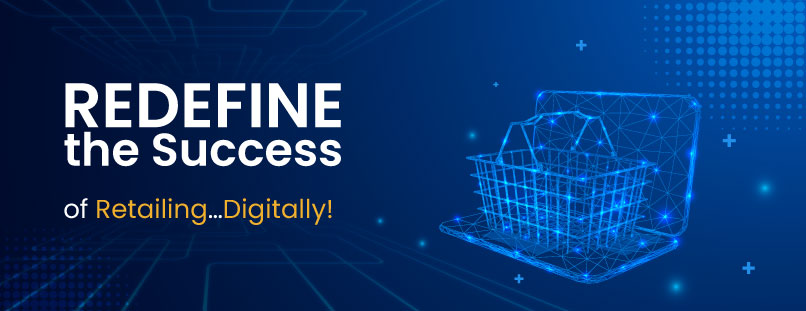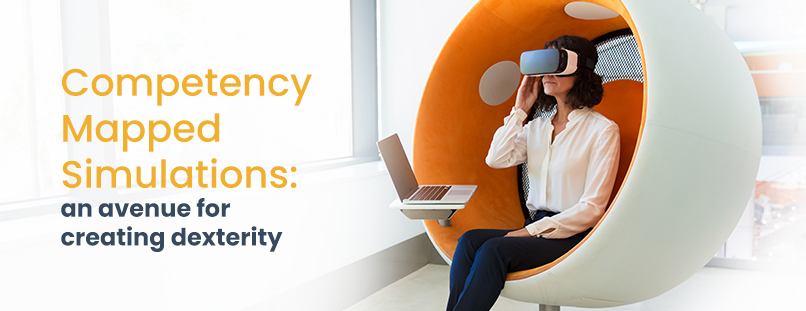Retailing says, “Don’t deliver a product, deliver an experience”.
The retail industry is a dynamic and exciting sector, constantly evolving with new technologies and consumer trends. It plays a vital role in meeting the needs and wants of consumers, providing jobs and generating revenue for local communities. Retailers are increasingly focused on sustainability, diversity and inclusivity, while striving to differentiate themselves through innovative marketing strategies and customer experiences.
With the advent of e-commerce and digital technology, the industry has revolutionized the way businesses operate, offering greater convenience and choice to consumers and new opportunities for retailers to reach their customer, but where did it emanate from?
No doubt that once, physical stores were the primary shopping destination for most consumers, and e-commerce platforms were seen as a convenient alternative. However, during the COVID-19 pandemic, physical stores were forced to close and the result…consumers turned to e-commerce platforms for their shopping needs. This led to a surge in demand for online shopping and a greater emphasis on the importance of digitalization in the retail sector.
Post-COVID-19 Scenario in Retailing:
The post-COVID-19 scenario in retailing has led to an aggressive adoption of digitalization. Retailers are investing heavily in e-commerce platforms, mobile applications, and other digital technologies to meet the changing needs of consumers. The massive adoption of e-commerce led to several technological innovations in the retailing sector such as application of augmented reality, virtual reality and artificial intelligence, to provide a more personalized experience for customers. One such innovation is concept of ‘ omnichannel retailing’. Many retailers are now embracing this concept. Let’s understand it.
The omnichannel Concept:
With the new normal changes post covid, there has been a shift in consumer psychology too. Consumers have become more concerned about safety and hygiene, and many have shifted their shopping habits to online platforms, which has shaped the retail sector into a new form of omnichannel retailing.
Omnichannel is a retail concept that involves providing customers with a seamless and integrated shopping experience across all channels, including online, in-store and mobile. The goal of omnichannel retailing is to ensure that customers have a consistent experience, regardless of how they choose to interact with a business. This means that customers can start their shopping journey on one channel, such as browsing a product online, and seamlessly transition to another channel, such as visiting a physical store to complete their purchase. Wonderful concept. Isn’t it?
The Power of Omnichannel Retailing:
In today’s retail landscape, omnichannel strategies are becoming increasingly essential for businesses to remain competitive and meet the evolving needs of customers. By leveraging the power of omnichannel retailing, businesses can unlock new levels of growth, profitability, and customer satisfaction.
Omnichannel retailing offers a range of benefits, including greater convenience for customers who can shop from anywhere at any time, as well as a personalized shopping experience based on individual preferences and behaviors. It also provides multi-touchpoint engagement with customers, leading to increased sales, revenue growth and better inventory management. Omnichannel retailing can also enhance brand loyalty, increase positive word-of-mouth recommendations, and provide deeper insights into customer behavior, which can inform marketing and merchandising strategies.
The Prerequisite of Omnichannel Retailing: The Staff Training
Omnichannel retailing requires retailers to integrate different systems and technologies, manage inventory across different channels, and collect and manage customer data effectively.
They also need to provide a consistent user experience across all channels and ensure that customers can access their products and services in the most convenient and efficient way possible. Hence, retailers must also understand changes in consumer psychology and adapt their strategies accordingly.
Adopting digitalization and the concept of Omnichannel retailing requires businesses to train their staff on new technologies, processes and ways of working. This is challenging, as a few staff members may be resistant to change or lack the necessary skills and knowledge to adopt these new technologies. To overcome this challenge, many retailers are turning to digitalized methods of training apart from traditional training methods. One such beneficial method is competency mapped branching scenarios simulated training, which is an effective tool to help retailers overcome the challenges of training their staff. Competency mapping involves identifying the skills, knowledge and behaviors required for job roles and creating a framework to assess and develop those competencies. Branching scenarios simulated training uses interactive decision-making tools to create simulated scenarios that allow learners to practice and develop these competencies.
For example, with regards to the challenge of delivering an excellent customer experience, competency-mapped branching scenarios can help employees develop the necessary skills and knowledge to meet customer demands. The scenarios can simulate various customer interactions and provide feedback on how to handle different scenarios effectively, including how to respond to customer feedback and how to address customer concerns about the environment, diversity, and other ethical issues.
Similarly, for the challenge of optimizing omnichannel strategies, competency-mapped branching scenarios can provide employees with a comprehensive understanding of the various touchpoints in the customer journey and how to provide a consistent and seamless customer experience across all channels. By mapping out the different competencies required at each touchpoint, employees can receive targeted training that meets their individual needs and enables them to deliver a more effective customer experience.
The Final Word:
The COVID-19 pandemic has drastically changed the retail sector, leading to an aggressive adoption of digitalization and the rise of omnichannel retailing. While this shift has presented new challenges for retailers, competency-mapped branching-scenarios have emerged as a beneficial tool to train employees and improve various aspects of their business. EasySIM is one of its own kind competency-driven real job scenario-based simulated learning and assessment platform that provides a practical and effective way for retailers to upskill their employees and prepare them for the changing retail landscape. EasySIM can help organizations easily create decision tree-based design that helps train their employees through branching scenario-based simulations and assessments. As the retail industry continues to evolve, simulation building platforms like EasySIM will play an increasingly important role in helping retailers adapt and thrive in the new normal.
So, don’t get left behind – embrace the digital revolution and start building your omnichannel retail strategy today!






























